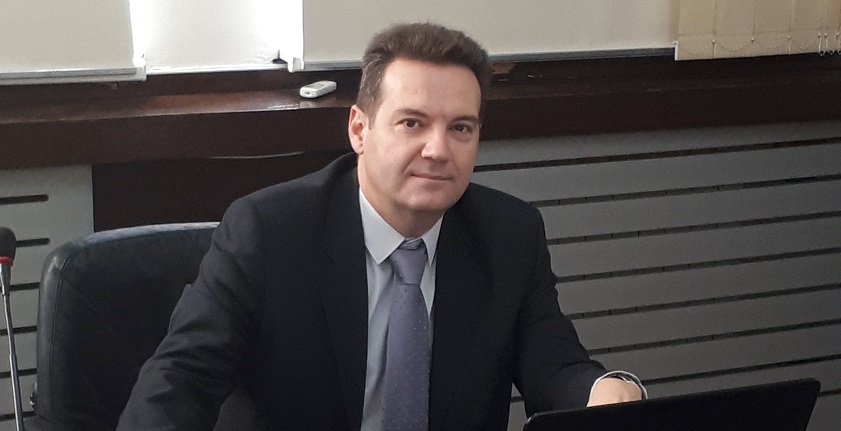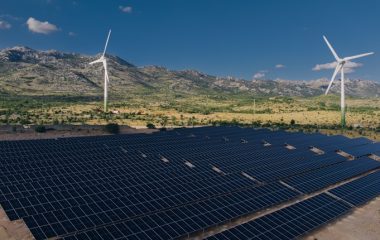
Photo: ELG21 from Pixabay
Average annual electricity prices in Southeast Europe have soared 60% against pre-pandemic levels, mainly due to the rising carbon price, natural gas price hikes, and increased consumption caused by higher temperatures. The growth is measured against 2019, as the pandemic year 2020 would not be the right reference. The current forecast of average electricity prices for this year is around EUR 80 per MWh, up from about EUR 50 in 2019.
Electricity markets in the region have seen daily prices of up to EUR 120 per MWh in recent days, an increase of about EUR 30 against the same period in 2019. In Bulgaria, this has even prompted strikes by companies faced with serious difficulties due to the high electricity prices.
Stojčevski (SEEPEX): the prices will continue to rise in the coming months and years, and everyone should be prepared
Dejan Stojčevski, chief operating officer of Serbian power exchange SEEPEX, has told Balkan Green Energy News that the prices will continue to rise in the coming months as the year’s end approaches, because that is the usual trend every year.
The electricity price is on an upward trend, which will continue over the coming months and years, and everyone must prepare for that, said Stojčevski, adding that he expects an average annual price of about EUR 80 per MWh in the coming years.
Many coal-fired power plants in Greece, Bulgaria, and Romania have been shut down because they can’t be profitable with a carbon price of EUR 57 per ton
According to him, three factors currently have the greatest impact on the price of electricity. The first one is the price of CO2 emissions, currently at EUR 57 per ton. Many coal-fired power plants in Greece, Bulgaria, and Romania have been shut down because they can’t be profitable once they add the EUR 57 per ton of CO2 to their production costs. On the other hand, not enough renewable energy capacities have been built, which has caused shortages.
Secondly, the price of natural gas, measured in MWh, has increased from EUR 15 per MWh to EUR 45 per MWh since February, and this has been the case throughout Europe. Gas is important because it is used in electricity generation, but also as a raw material in industry. This fossil fuel, along with CO2, will most certainly dictate the price of electricity in the coming years, according to Stojčevski.
Prices of natural gas and CO2 will dictate the price of electricity in the coming years
The price of natural gas will likely continue to rise as data shows that European storage facilities are empty, and the winter is not so far away, he said. The high electricity prices have made it possible for gas-fired power plants to increase production, while the current prices in the region are again allowing coal-fired plants to operate profitably as well (even with the carbon price of EUR 57 per ton).
The third key factor, according to Stojčevski, is higher temperatures, which have resulted in increased electricity consumption. This is not unusual in summer months, but due to global warming, it is becoming more and more frequent, he said.

Dejan Stojčevski, chief operating officer of Serbian power exchange SEEPEX
What can consumers expect, primarily in the business segment?
Unlike households, which are supplied at administered prices in most countries of the region, businesses that buy electricity on the free market indeed have reasons for concern.
“Consumers who have long-term agreements for this year and next will not be affected by the price hike, but those who purchase electricity through short-term contracts, and in the second half of the year for the following year, will face problems. Those consumers who concluded agreements for next year in March or April this year are not affected because the price at the time was about EUR 60,” said Stojčevski.
Businesses must change their electricity purchase strategy
At the moment, the price for next year is hovering about EUR 92 per MWh, with a tendency to rise over the coming period.
He stressed that businesses must change their electricity purchase strategy. Each company must determine the highest price of electricity with which it can operate profitably, and conclude long-term agreements when such a price is available on the market.
“That doesn’t mean this price will be the best one, as the price could be lower ff they waited longer, but it will allow them to eliminate the risk of electricity price volatility,” he explained.
Another option is for businesses themselves to participate in the electricity market, monitor market trends, and trade in various products, but this would require them to have excellent teams for electricity trading and to seriously engage in trading, according to him.


















Be the first one to comment on this article.